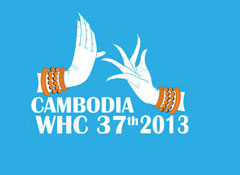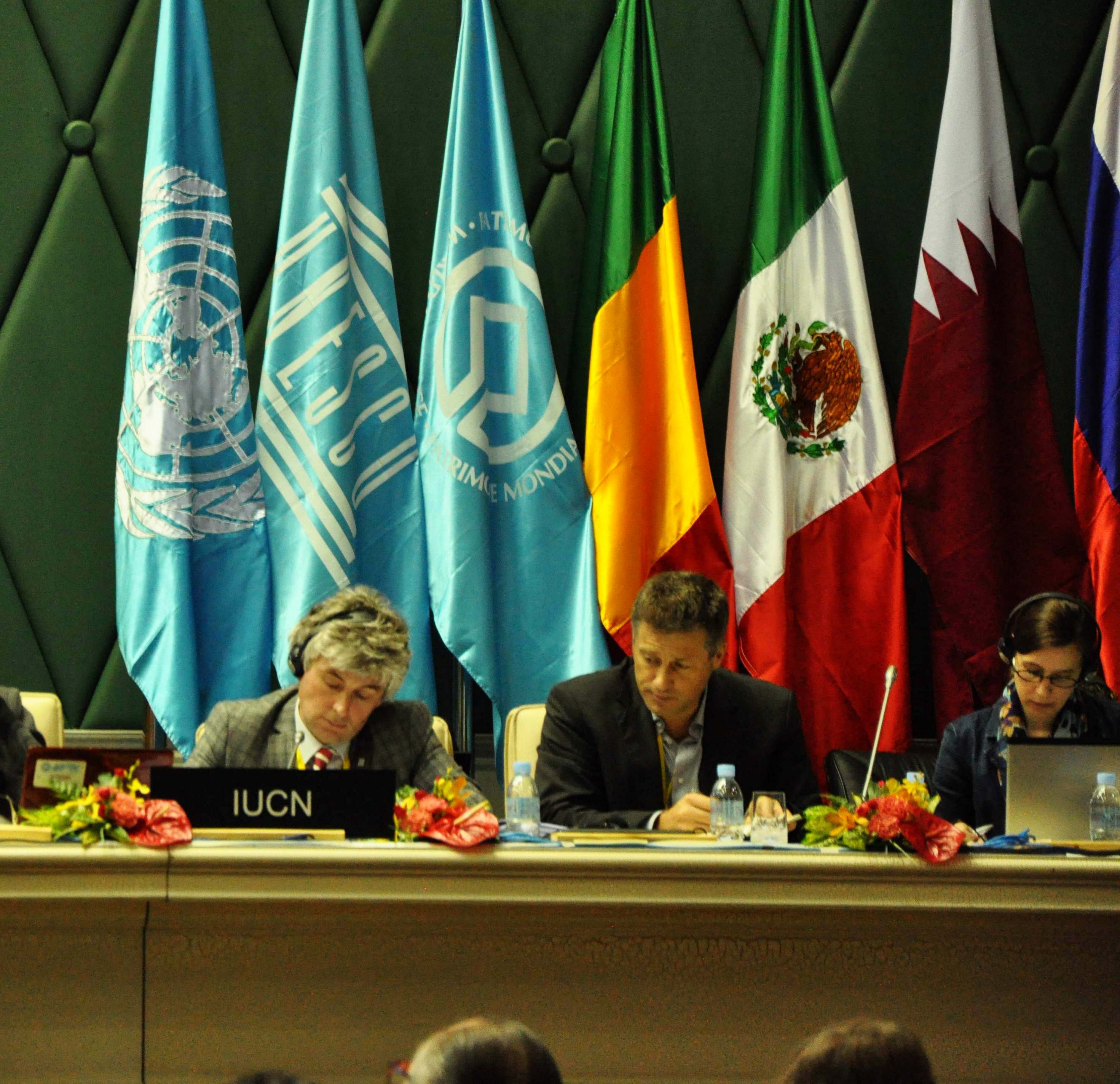World Heritage Committee outcomes steer nature conservation
Decisions of the 37th World Heritage Committee, made under IUCN's recommendations, are now available online. These help to identify necessary action to tackle critical threats to the conservation of Earth's most precious places.
Every year, the UNESCO World Heritage Committee gathers to debate and take decisions on a range of issues relevant to the World Heritage Convention. IUCN, the official advisory body to the Committee on nature, guides this process by making recommendations based on scientific expertise and field missions.
The resources pooled each year to carry out this process offer valuable information on conservation issues, emerging trends and critical threats to the world’s most inspiring protected areas – helping to identify where action is most needed.
Held in June in Phnom Penh, Cambodia, the 37th World Heritage Committee agreed with a large majority of IUCN’s recommendations. The Committee’s confirmed decisions are now accessible online, along with IUCN’ s evaluation reports for new nominations, and over 50 state of conservation reports prepared by IUCN in collaboration with the World Heritage Centre.
The Committee followed IUCN’s advice on new inscriptions on the World Heritage List, bringing the total of natural and mixed sites to 222. The new listings are El Pinacate and Gran Desierto de Altar (Mexico), Mount Etna (Italy), Namib Sand Sea (Namibia), Tajik National Park (Mountains of the Pamirs) (Tajikistan), Xinjiang Tianshan (China).
Extensions were approved for Mount Kenya National Park/Natural Forest (Kenya), which now includes the Lewa Conservancy and Ngare Ndare Forest, and for the addition of Sehlabathebe National Park (Lesotho), to the uKhahlamba/Drakensberg Park (South Africa) – the new sites was renamed Maloti Drakensberg Transboundary World Heritage Site (Lesotho / South Africa).
One site, East Rennell (Solomon Islands), was included on the List of World Heritage Sites in Danger following IUCN’s recommendation, but the Committee did not follow IUCN’s recommendation to danger-list two additional sites, Virgin Komi Forests (Russian Federation) and Lake Turkana National Parks (Kenya).
Over 100 States Parties were present at this year’s Committee, as well as a range of NGOs and representatives of indigenous peoples, who made statements in the debates. IUCN was able to meet with a great majority of delegates and held successful side events.
Notably, a new terrestrial biodiversity World Heritage gaps study was launched and IUCN presented its work on the upcoming State of World Heritage, a new monitoring system that will introduce Conservation Outlook Assessments.
The World Heritage Convention is one of the most important global conservation instruments. Participation to the annual Committee by the wider conservation community is vital to ensure the Convention can remain a flagship for best practice.
The 38th UNESCO World Heritage Committee will be held in June 2014 in Doha, Qatar.





